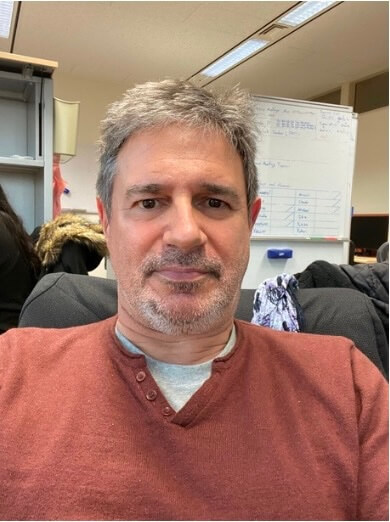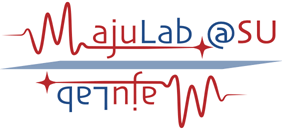
Momentum-space signatures of the Anderson transition in a symplectic, two-dimensional, disordered ultracold gas
Christian Miniatura
Université Côte d’Azur, CNRS, Institut de Physique de Nice, France
Centre for Quantum Technologies, National University of Singapore
School of Physical and Mathematical Sciences, Nanyang Technological University
Dr Miniatura is a research director (DR1) at the Centre National de la Recherche Scientifique working at INPHYNI (Nice, France). Former director of IRL 3654 MajuLab (2014-2022), he is a visiting research professor position at CQT (NUS, Singapore) and at PAP (NTU, Singapore). An alumni of ENS Cachan, Dr Miniatura got his PhD degree in physics in France in 1990 and received the CNRS Young Research medal in 1994 for his work on atomic interferometry and topological phases. His current research interests encompass quantum gases, quantum transport, artificial gauge fields, atomtronics and machine learning.
Anderson localization (AL), the disorder-induced suppression of wave transport by destructive interference, was first introduced to explain the anomalous suppression of conductance in noninteracting mesoscopic electron systems. In fact, AL is a general phenomenon and has been observed in a variety of linear waves, classical and quantum, propagating in bulk random media, including ultracold atomic gases propagating in speckle potentials. Historically, the first powerful phenomenological description of AL was the one- parameter scaling theory which predicts a metal-insulator transition (MIT) in dimension 3 delineating a metallic phase where wavefunctions are extended and an insulating phase where wavefunctions are localized. This theory also predicts that 2D disordered systems are always localized unless spin-orbit is present, in which case a MIT also occurs.
In this talk, I will address this 2D AL transition by considering spin one-half particles hopping on a square lattice with onsite disorder and random spin rotation during hopping. I will introduce the momentum space features of this system, namely the celebrated coherent backscattering (CBS) and coherent forward scattering (CFS) interference peaks. And I will show how to extract the mobility edge and critical exponent of this 2D symplectic transition through a finite-time analysis of the CBS width. Perspectives will be mentioned.
Reference:
Momentum-space signatures of the Anderson transition in a symplectic, two-dimensional, disordered ultracold gas, E. Arabahmadi, D. Schumayer, B. Grémaud, C. Miniatura, and D. A. W. Hutchinson, arXiv:2301.07288v1 (Accepted for publication in Physical Review Research, 2023).
